FOUND! Rediscovery of leopard barbel in Türkiye spurs hope in the midst of global freshwater fish decline
Turkish ichthyologists mobilise to protect second species found on SHOAL’s list of Most Wanted Lost Fishes.
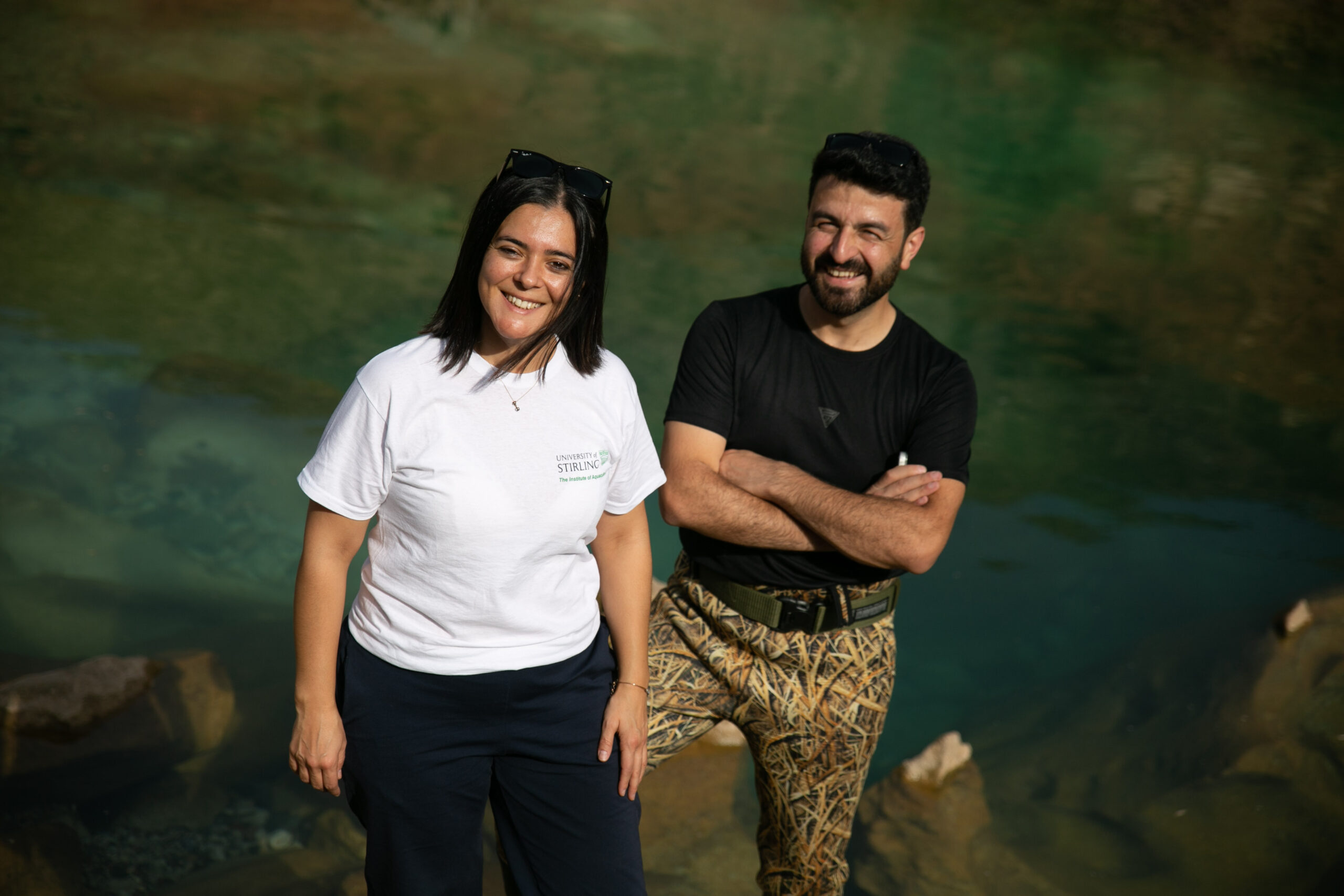
Download images→
Leopard barbel rediscovery press release→
On the heels of the news that 25% of freshwater fish are at risk of extinction, a team of ichthyologists in Türkiye (Turkey) has rediscovered hope in the shape of a carp-like, spotted fish — the leopard barbel (Luciobarbus subquincunciatus) — in the Turkish section of the Tigris River. The species, which was last scientifically documented in 2011, is the second species on SHOAL and Re:wild’s Most Wanted Lost Fishes list to be rediscovered. The first, the Batman River loach, was found by the same intrepid team in Southeastern Türkiye in late 2021.
“There is nothing quite like the feeling of finding that a species that has been pushed to the brink of extinction is still hanging on, despite the odds. It is even more thrilling than discovering a new species because it means that we can give a rare species a second chance. With both the Batman River loach and now the leopard barbel, we have an obligation to mobilise conservation efforts to ensure neither becomes lost again”.
Cüneyt Kaya, associate professor at Recep Tayyip Erdogan University and member of the expedition team
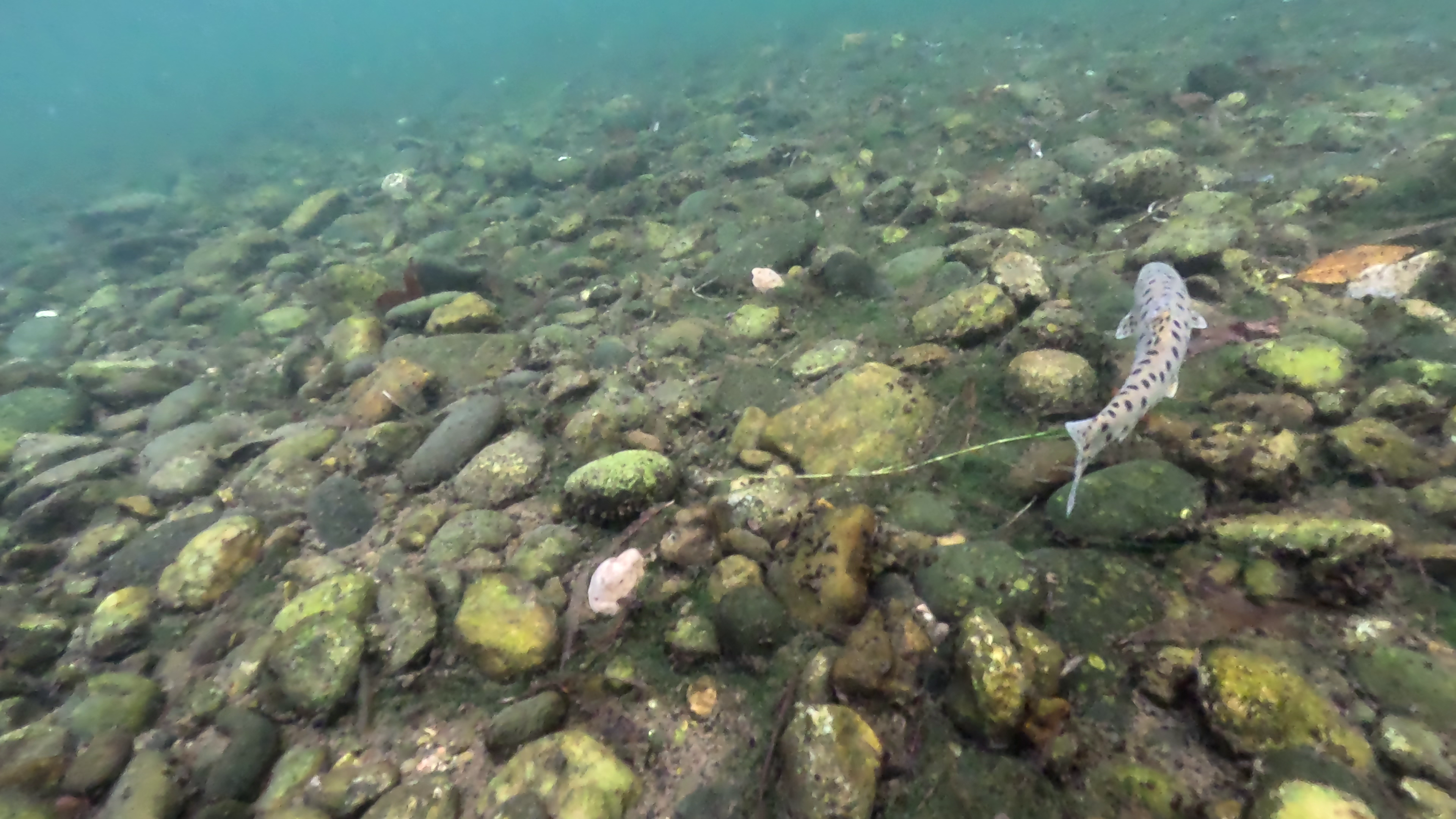
The leopard barbel was once abundant, ranging from Eastern Türkiye, Eastern Syria, Iran and Iraq in the Tigris-Euphrates river system. Over the last three decades, however, fishing, pollution, habitat destruction and dam construction have pushed the species to the edge of extinction. Anecdotal evidence from local fishers suggested that the fish may still be out there, so Kaya and Münevver Oral, an assistant professor at Recep Tayyip Erdogan University enlisted their help, in addition to working with the local fisheries aquaculture department.
The team started by looking at the scientific literature about where the species had been previously found. However, those data were collected before nine dams were built in the Turkish portion of the Tigris River. The dams alter water flow regimes, and cold water that accumulates at the bottom of reservoirs is sometimes released downstream. The release of cold water drives many freshwater fish toward warmer waters, so the team had to adjust its strategy to look further downstream from the dams.
Just days after the second of two expeditions, Kaya and Oral got the video call they had hoped for from local fisherman Mehmet Ülkü: he had caught a 50-centimetre (20-inch), 2-kilogram (4.4-pound) fish with conspicuous black spots and the telltale fleshy filament that dangles from the mouths of this type of freshwater fish.
Ülkü kept the fish alive in a tank with a constant oxygen supply overnight, while Kaya took a direct flight to Van city, then drove nearly six hours to Cizre, where the species was found, while Oral drove more than 11 hours through the night to see — and help release — the fish. By the time they arrived, Ülkü had caught a second leopard barbel safely in his nets.
“We dropped everything and would have gone to the ends of the Earth to see this fish, this legend, alive in the wild. I have never seen a fish as beautiful as this. It was the realisation not only of our dream to find this lost species, but of the hope that not all is lost — we still have a chance to protect the leopard barbel and all of the other incredible freshwater species it shares its home with”.
Münevver Oral, assistant professor at Recep Tayyip Erdogan University and member of the expedition team
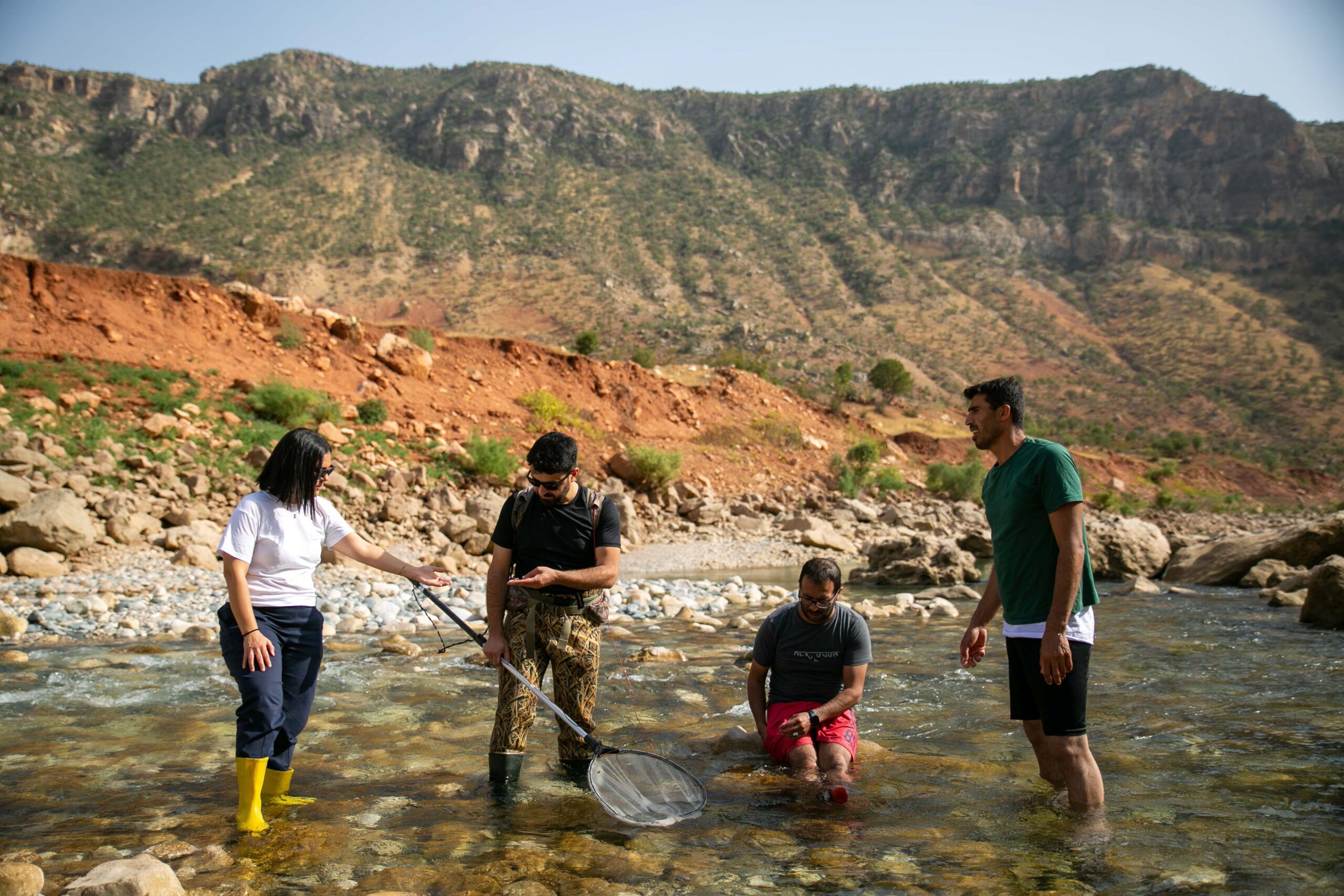
After Kaya and Oral took photos and measured the size and shape of the two fish, they were joined by the local Cizre fisheries aquaculture department to safely release the fish, which they described as a joyous event.
“We all have a role to play in protecting our incredible natural heritage and I am proud to have used my skills to help rediscover the leopard barbel. Safeguarding this species into the future is going to require educating other fishers and continuing to bring together scientific knowledge and local expertise.”
Mehmet Ülkü, Fisherman, Tigris River in Türkiye
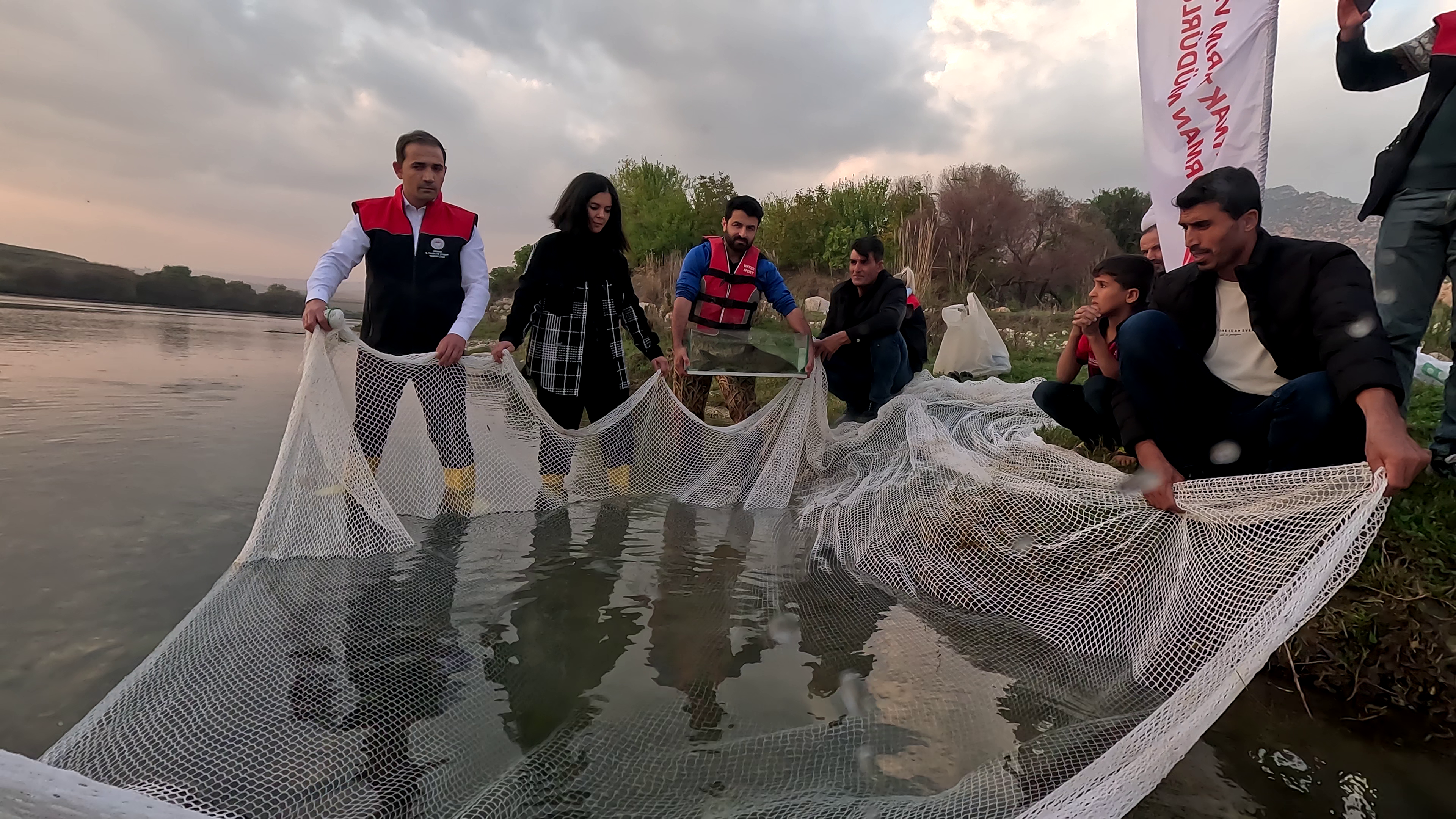
Kaya and Oral are planning to conduct a series of seminars for fishers and teachers to help build pride in their riverways and wildlife, using the rediscovery as a case study to protect the Tigris River and its rich biodiversity. They are also hoping to get a better understanding of how many leopard barbel might still exist and where they are still found across their historic range.
In November 2023, the International Union for Conservation of Nature released an updated assessment of freshwater fish across the planet, finding that dams and water extraction are putting 45% of all threatened freshwater fish at risk of extinction. Not only have several dams built in the Turkish portion of the Tigris River impacted the leopard barbel, but a new dam is under construction in Cizre, very close to where the two leopard barbels were found.
“Freshwater ecosystems play a tremendous role in maintaining the overall health of our planet. Addressing threats and safeguarding the biodiversity that maintains these ecosystems is critical to solving the climate and biodiversity loss crises, and essential for human wellbeing. We hope the rediscovery of the leopard barbel will serve as an inspiring catalyst for future freshwater biodiversity conservation efforts in this region.”
Dr Harmony Patricio, conservation programme manager, SHOAL and Re:wild
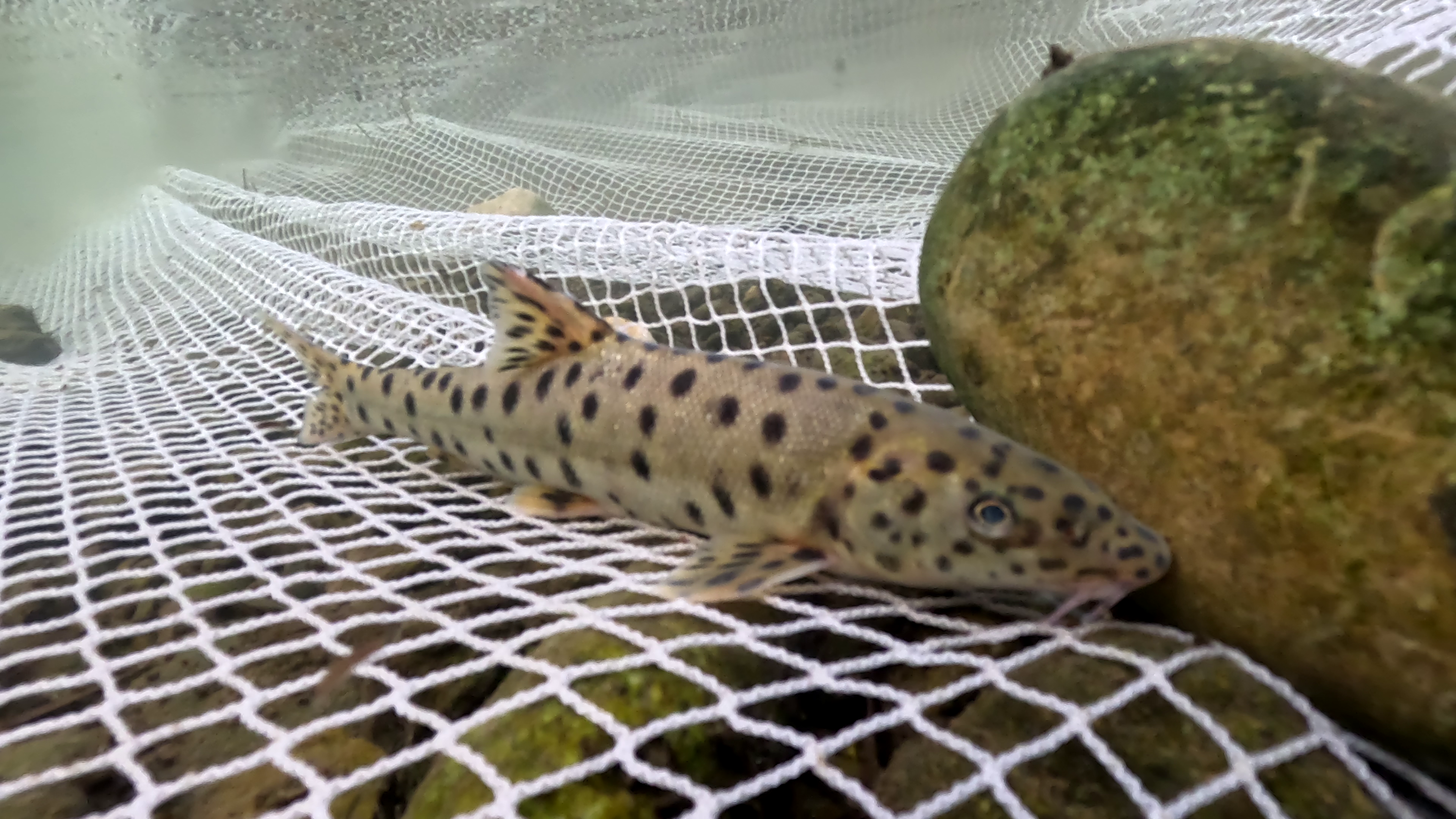
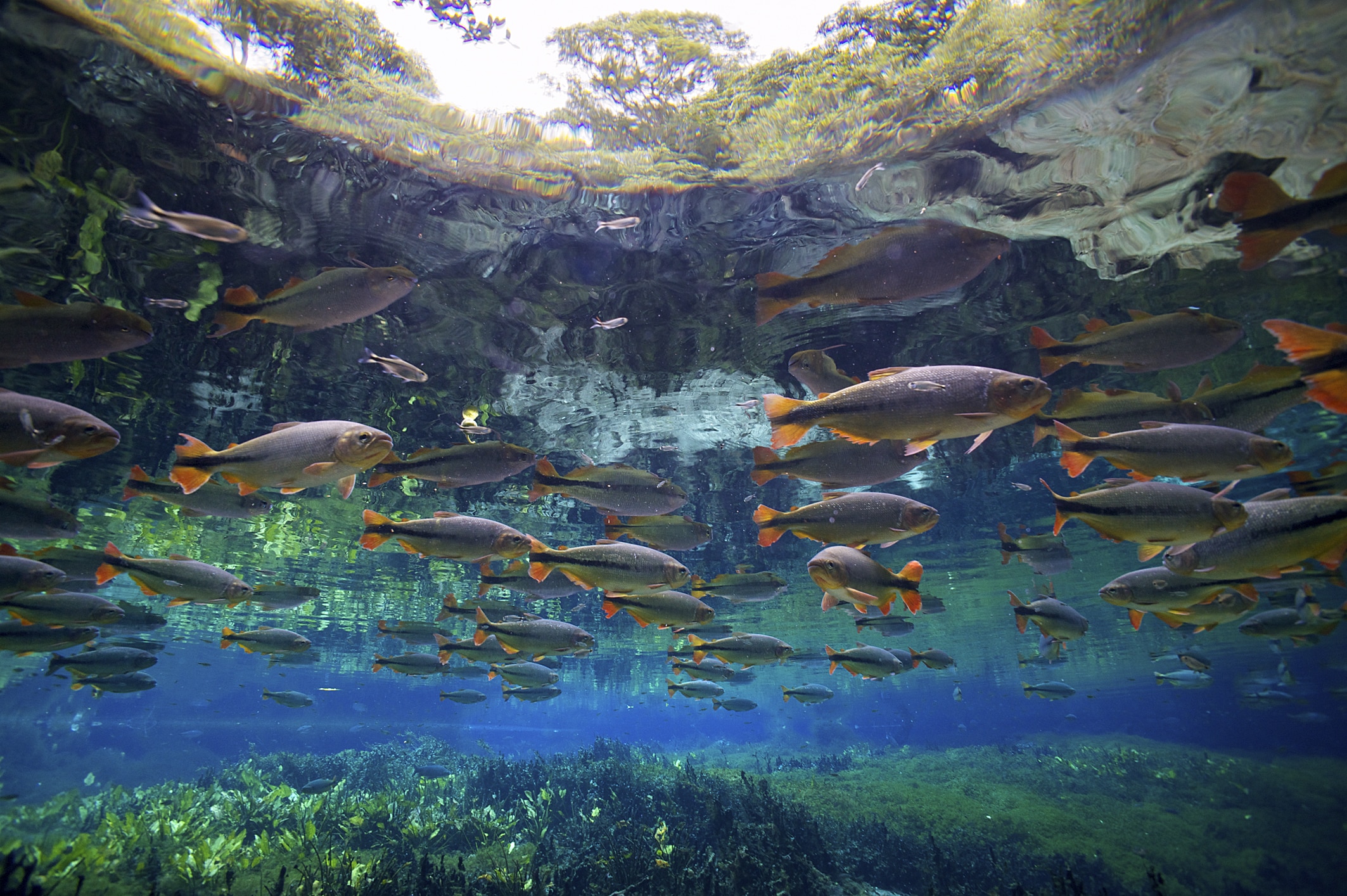
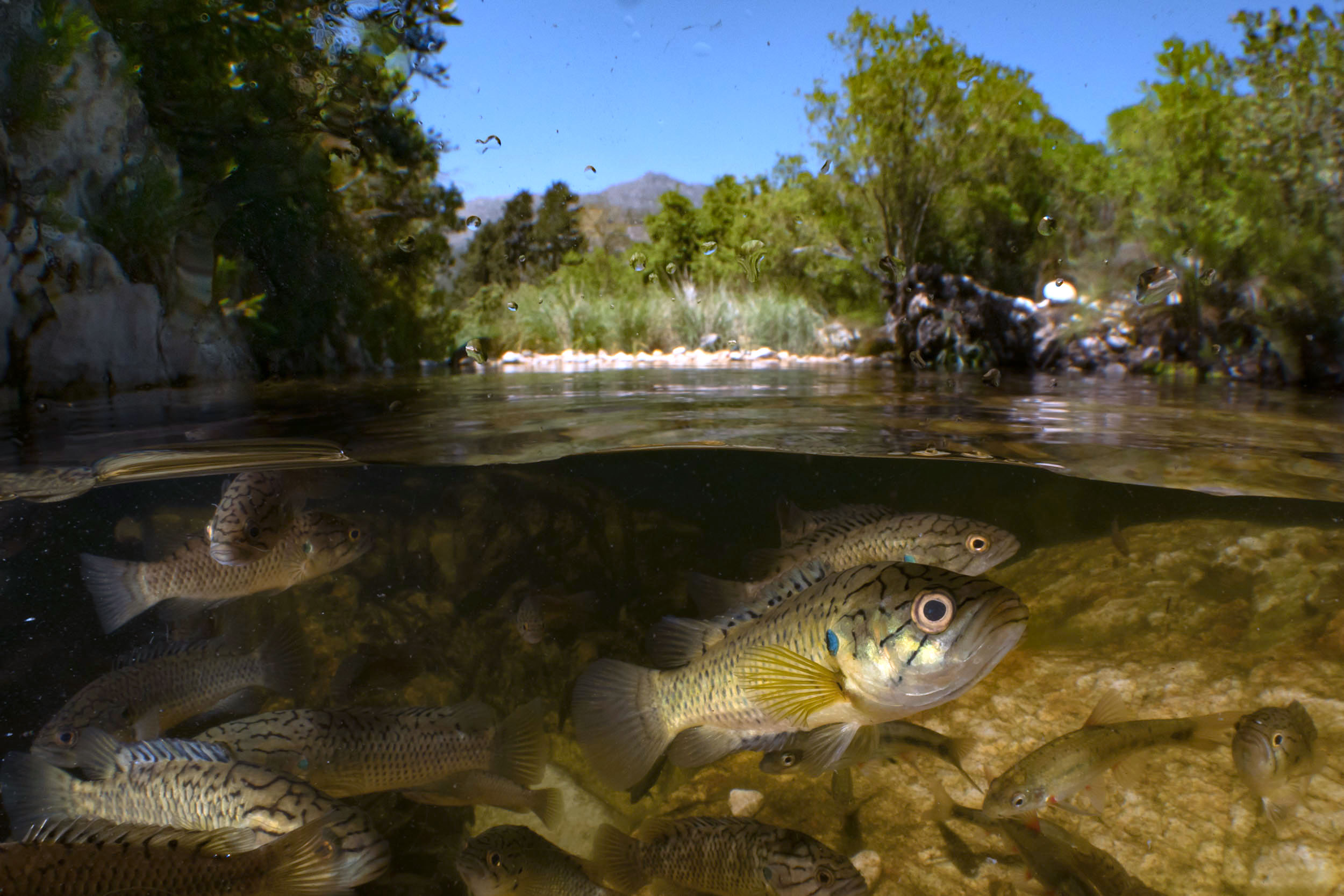
)
)
)
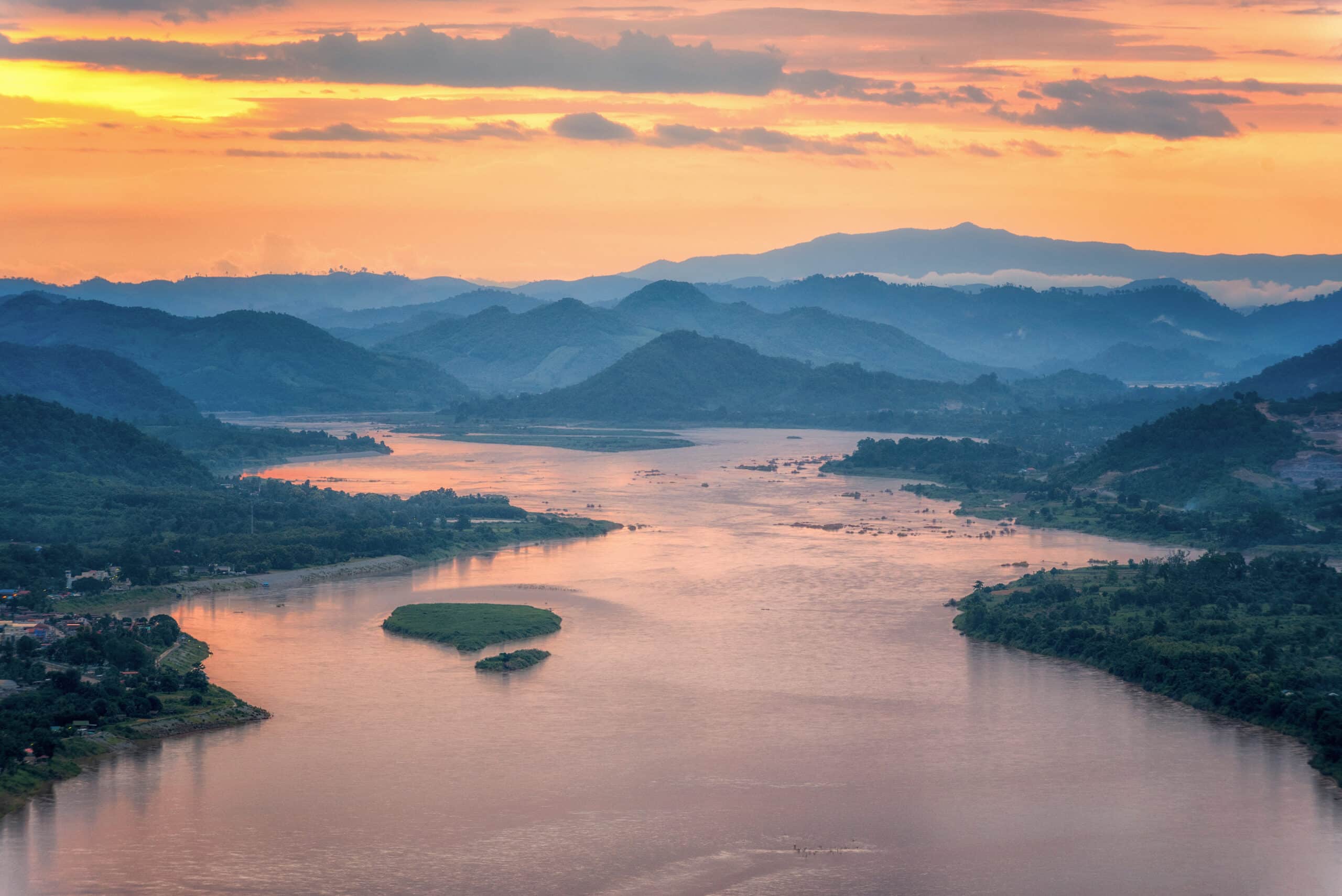
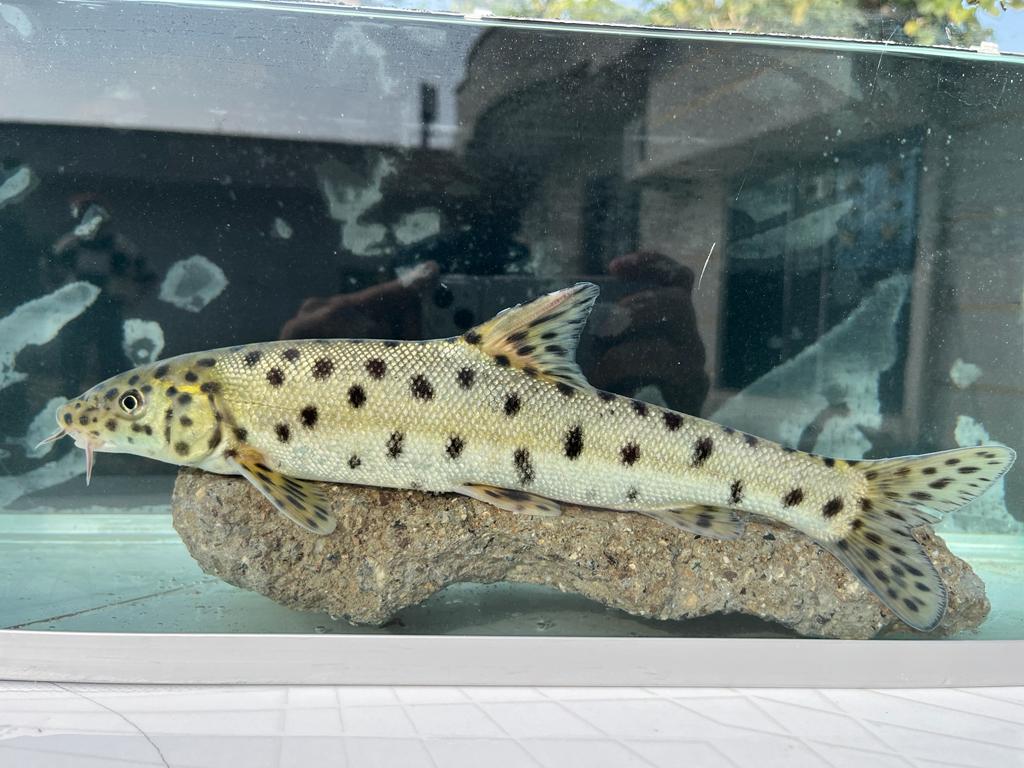)